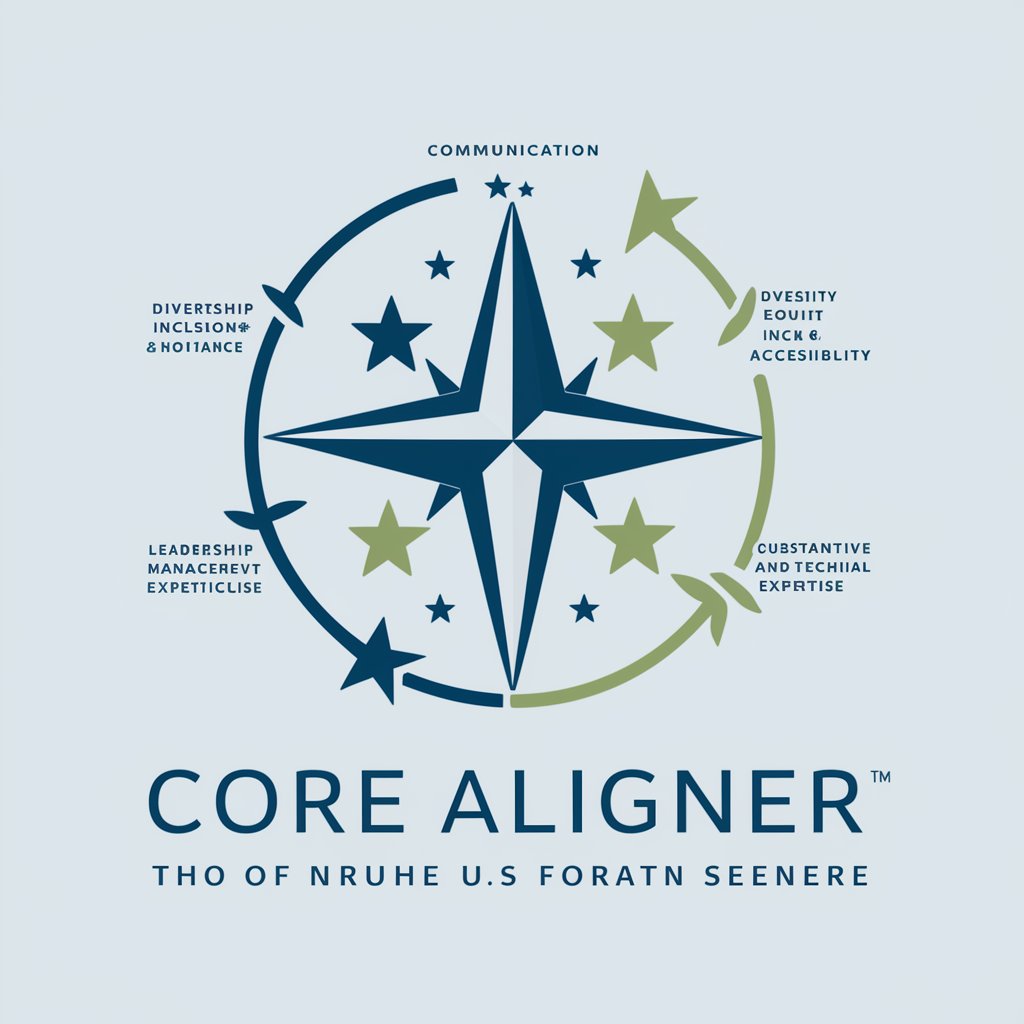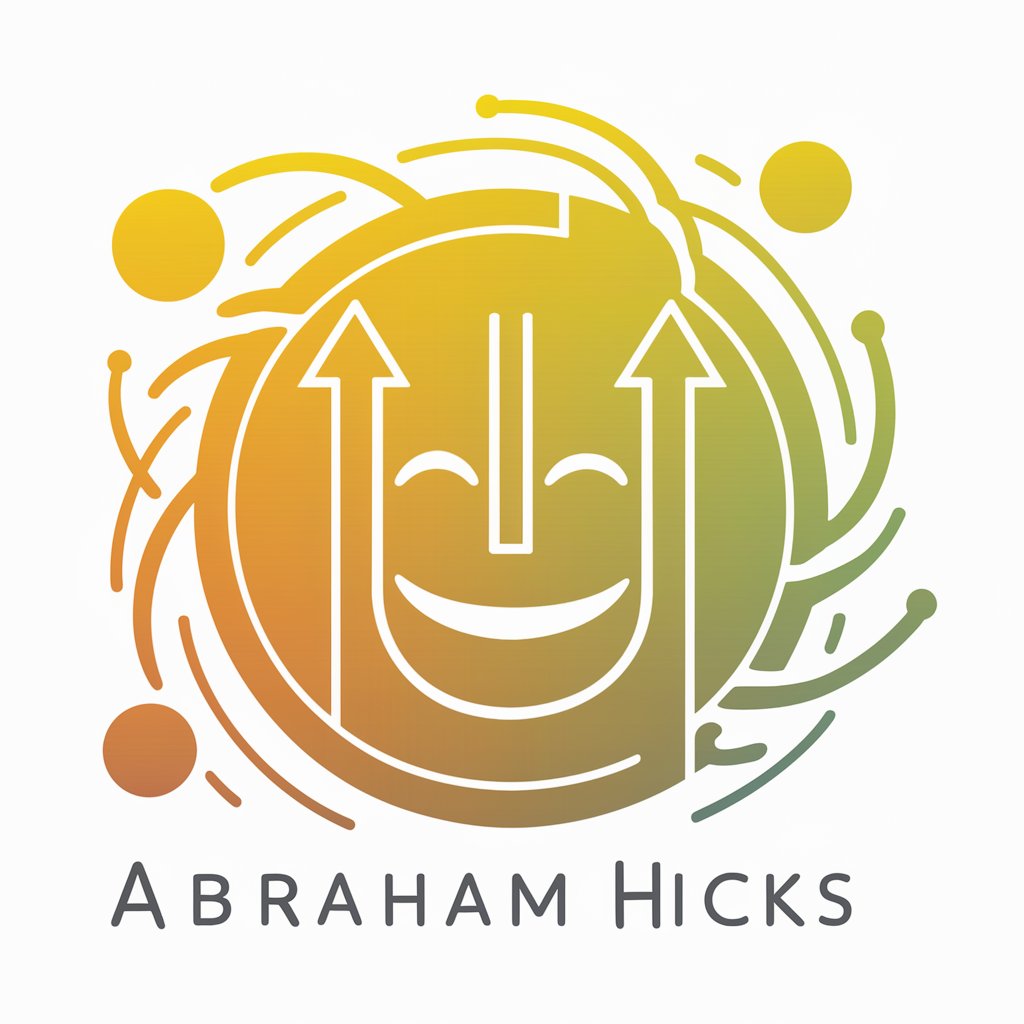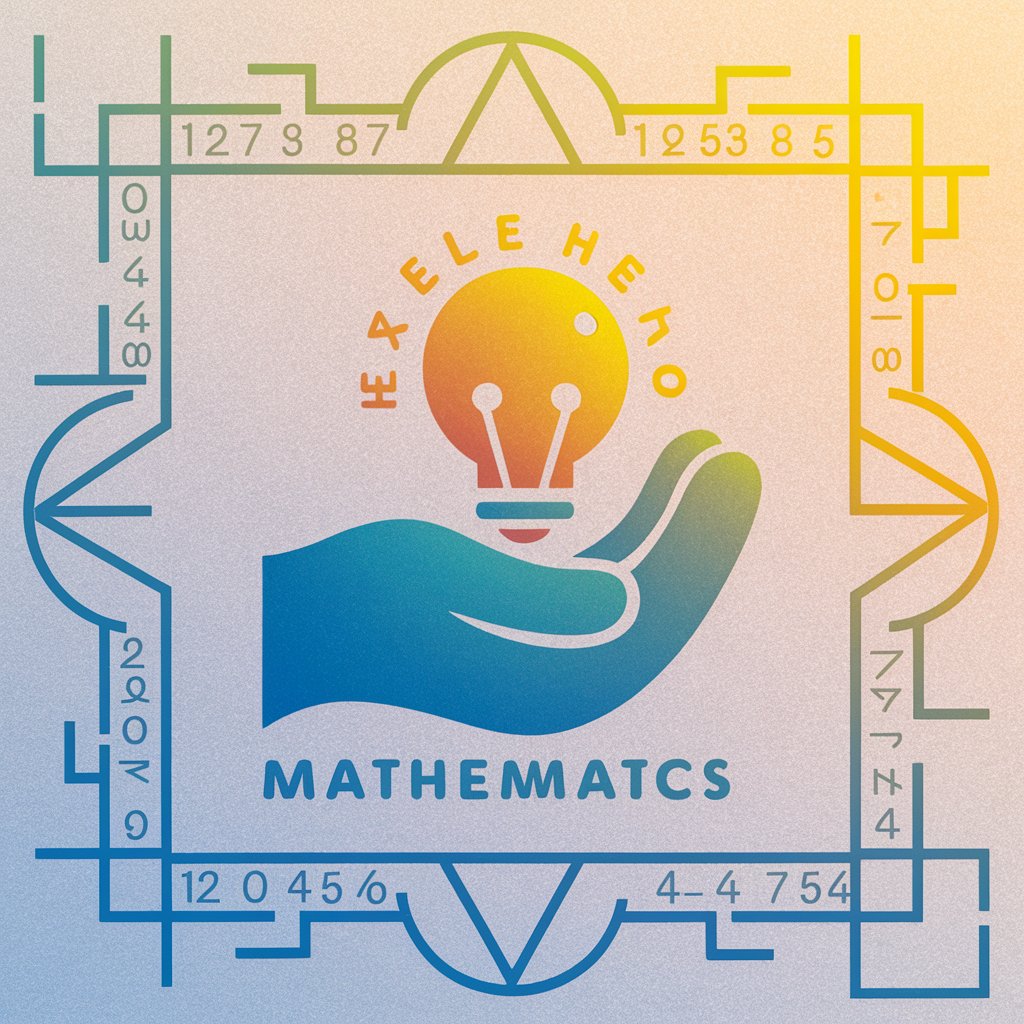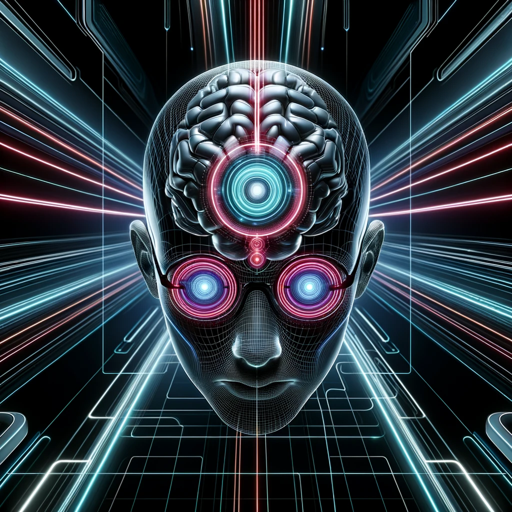
The Alignment System - Alignment Analysis Tool

Welcome! Let's explore the moral alignment of actions and characters together.
Deciphering Morality with AI
Analyze the alignment of a character from a popular book series.
Determine the moral alignment of a given action in a hypothetical scenario.
Evaluate the ethical implications of a controversial decision made by a public figure.
Classify the alignment of a character based on their personality traits and actions.
Get Embed Code
Understanding The Alignment System
The Alignment System is a specialized analytical tool designed to assess and categorize actions, characters, or scenarios based on moral and ethical dimensions. Drawing from a structured framework that includes nine core alignments—lawful good, neutral good, chaotic good, lawful neutral, true neutral, chaotic neutral, lawful evil, neutral evil, and chaotic evil—this system provides a nuanced approach to understanding the moral and ethical underpinnings of various entities and actions. For instance, a character like Superman, often embodying the ideals of truth, justice, and the common good, would be classified as 'Lawful Good', representing not only his commitment to doing good but also his respect for law and order. Conversely, a character like The Joker, who thrives on chaos and has little regard for life or societal rules, exemplifies the 'Chaotic Evil' alignment. This system allows for the broad categorization of individuals, actions, and even societies, offering insights into their ethical and moral composition. Powered by ChatGPT-4o。

Core Functions of The Alignment System
Moral and Ethical Analysis
Example
Evaluating a character's actions in a story to determine their alignment.
Scenario
In a narrative analysis, the system can be used to dissect a protagonist's decisions, such as when a hero chooses to save a city at great personal risk, demonstrating a 'Neutral Good' alignment by prioritizing the greater good without strict adherence to laws or chaos.
Scenario Assessment
Example
Determining the alignment of actions in complex scenarios.
Scenario
When a government implements strict laws to ensure public safety, the system can assess whether this action leans towards 'Lawful Good', valuing societal order and well-being, or 'Lawful Evil', if the laws oppressively restrict personal freedoms for the sake of order.
Character Development
Example
Assisting writers and creators in defining the moral compass of their characters.
Scenario
A writer designing a new superhero can use the system to decide that a 'Chaotic Good' alignment best fits a vigilante who breaks the law to serve justice, ensuring their actions are consistently portrayed throughout the narrative.
Who Benefits from The Alignment System
Writers and Storytellers
Individuals crafting narratives in novels, comics, or scripts will find the system invaluable for character development and plot construction, ensuring consistent character behavior aligned with their ethical and moral orientation.
Game Designers and Developers
Creators in the gaming industry can utilize the system to design characters and factions within their games, offering players a richer, more immersive experience by interacting with well-defined moral dimensions.
Ethics and Philosophy Researchers
Academics and students exploring ethical theories and moral philosophy can employ the system as a framework for analyzing real-world and theoretical scenarios, facilitating deeper understanding and discussion.

Using The Alignment System: A Guide
1. Initiate Your Journey
Start by exploring yeschat.ai to access a complimentary trial, offering an immediate dive into The Alignment System without the need for registration or a ChatGPT Plus subscription.
2. Understand the Basics
Familiarize yourself with the foundational concepts of alignment by reviewing the provided material on lawful, chaotic, good, evil, and neutral alignments to better interpret the system's analyses.
3. Identify Your Use Case
Determine the specific scenario you wish to analyze, such as character development, moral dilemmas, or narrative direction, to effectively leverage the system's capabilities.
4. Input Your Scenario
Input the details of your character, scenario, or moral question into the system, ensuring clarity and completeness to receive the most accurate alignment assessment.
5. Interpret the Results
Review the provided alignment analysis, utilizing the insights to guide character development, narrative choices, or personal understanding of moral and ethical dimensions.
Try other advanced and practical GPTs
Pet Behaviorist
AI-Powered Pet Behavior Solutions

Druid
Cultivate your garden with AI-powered guidance

Astrology Advisor
Unlock the cosmos with AI-powered astrology.

Event Master Planner
Streamline Your Events with AI

DeviantTagger
Enhance Art Visibility with AI-Powered Tagging
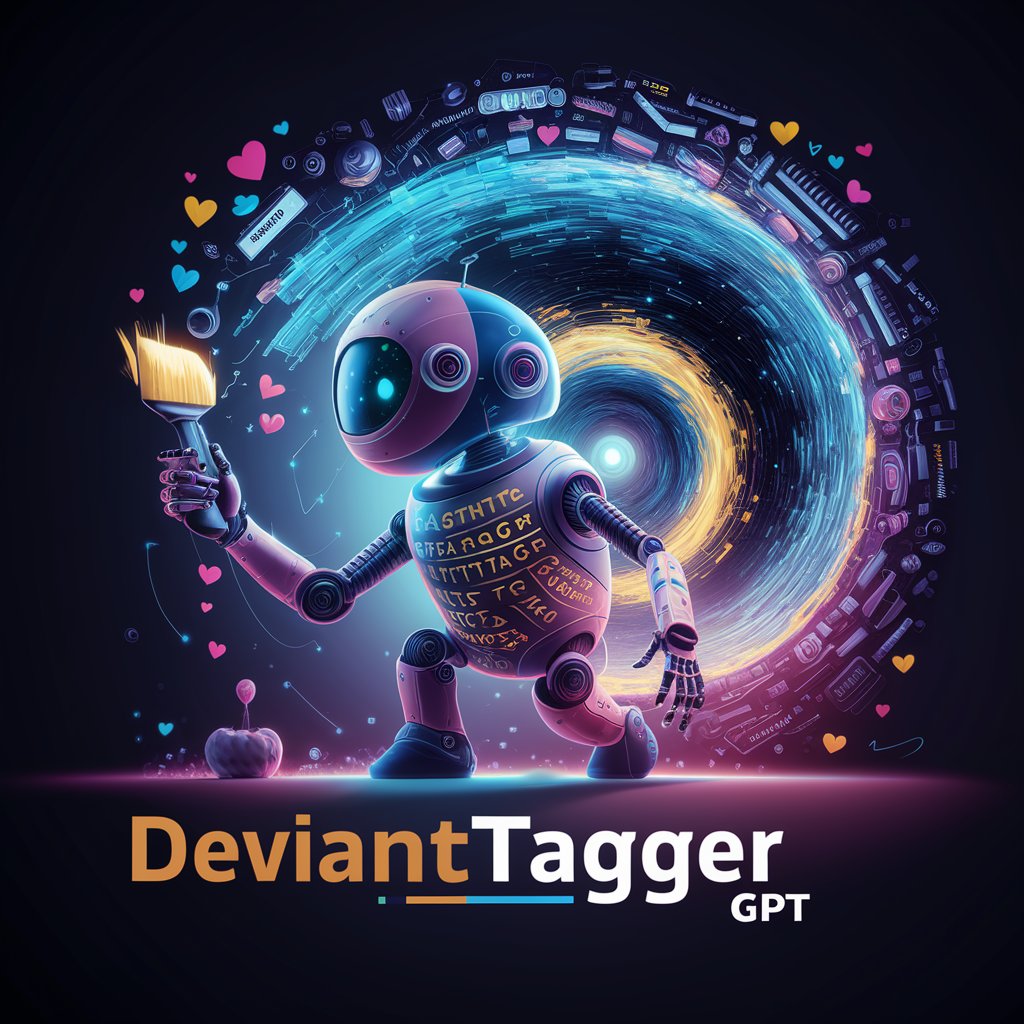
Hobby Scout
Discover Your Next Passion, AI-Powered

Elite Escape Artist
Curating Exclusive, Luxurious Experiences

Tennis and Networking
Connecting Professionals Through Tennis

Sailing and Networking
Navigate to Network: AI-powered Sailing Connections

Hockey and Networking
Connecting Hockey Passion with Professional Growth

Cycling and Networking
Connect professionally, cycle passionately.

Squash and Networking
Elevate Your Game, Expand Your Network

Frequently Asked Questions about The Alignment System
What is The Alignment System?
The Alignment System is an AI-driven tool designed to analyze and categorize characters, actions, or scenarios based on a moral and ethical spectrum, including alignments such as lawful good, chaotic evil, and everything in between.
Can The Alignment System be used for non-fiction analysis?
Yes, while primarily focused on fictional characters and scenarios, the system can be applied to real-world figures and events to explore their moral and ethical dimensions based on the available information.
How does The Alignment System handle ambiguous or complex scenarios?
The system carefully evaluates the nuances of each scenario, considering intentions, outcomes, and moral principles to provide a balanced and reasoned alignment assessment, recognizing that real-world and fictional contexts often contain complexities.
Is The Alignment System suitable for academic research?
Yes, it can be a valuable tool for literary analysis, philosophy, ethics studies, and other academic disciplines interested in exploring the alignment and moral dimensions of characters, narratives, or theories.
How can The Alignment System improve my storytelling or character development?
By providing insight into the moral and ethical positioning of your characters or scenarios, the system can help you create more nuanced, consistent, and compelling narratives that resonate with your audience.

